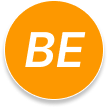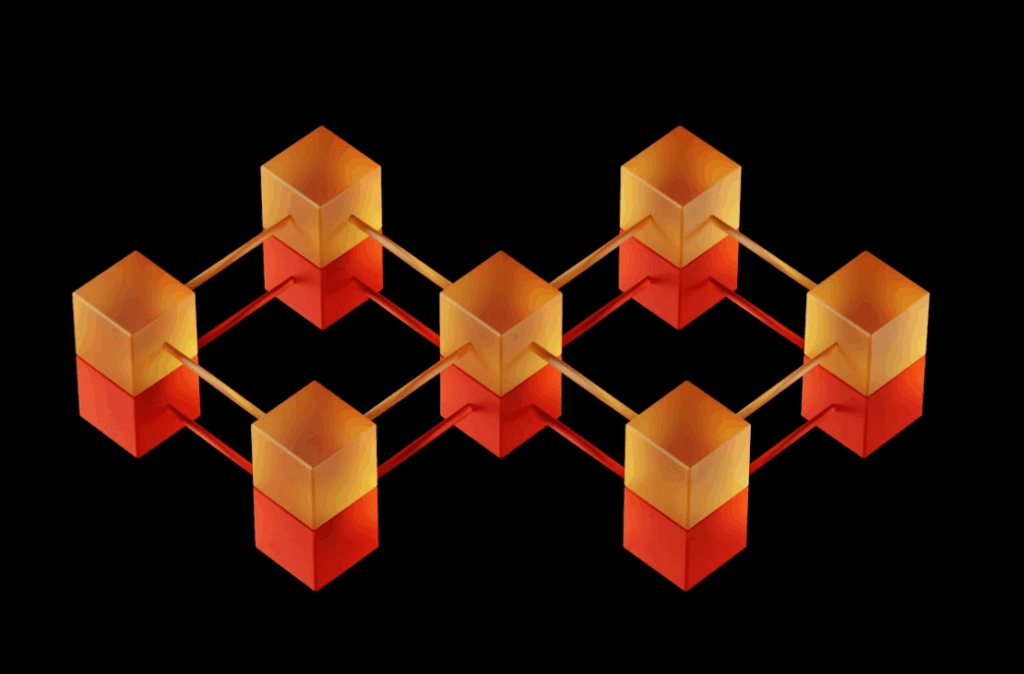Blockchain is a term that has gained massive attention in recent years, but many people still struggle to understand what it really is. At its core, blockchain is a distributed ledger technology designed to store data in a secure and transparent way. Unlike traditional databases that rely on a central authority, a blockchain operates on a network of computers where every participant shares the same copy of the data. This makes it highly resistant to tampering and fraud.
The structure of a blockchain is quite simple yet powerful. Information is stored in blocks, and each block contains a set of transactions. These blocks are linked together in chronological order, forming a continuous chain. What makes it secure is the cryptographic mechanism that connects one block to the previous one, ensuring that any attempt to alter data would require changing all subsequent blocks, which is practically impossible in large networks.
One of the most significant advantages of blockchain is transparency. Every transaction recorded on the blockchain can be viewed by participants in the network, creating a high level of trust. This technology is used in various industries such as supply chain, healthcare, and digital identity systems. It goes beyond finance and opens possibilities for decentralized applications that give users more control over their data.
Understanding blockchain is essential in today’s digital economy because it represents a fundamental shift in how data is managed. By eliminating the need for intermediaries and creating a secure, immutable record, blockchain has the potential to reshape entire industries. As technology continues to evolve, its applications will become more integrated into everyday life, making now the perfect time to learn the basics.

